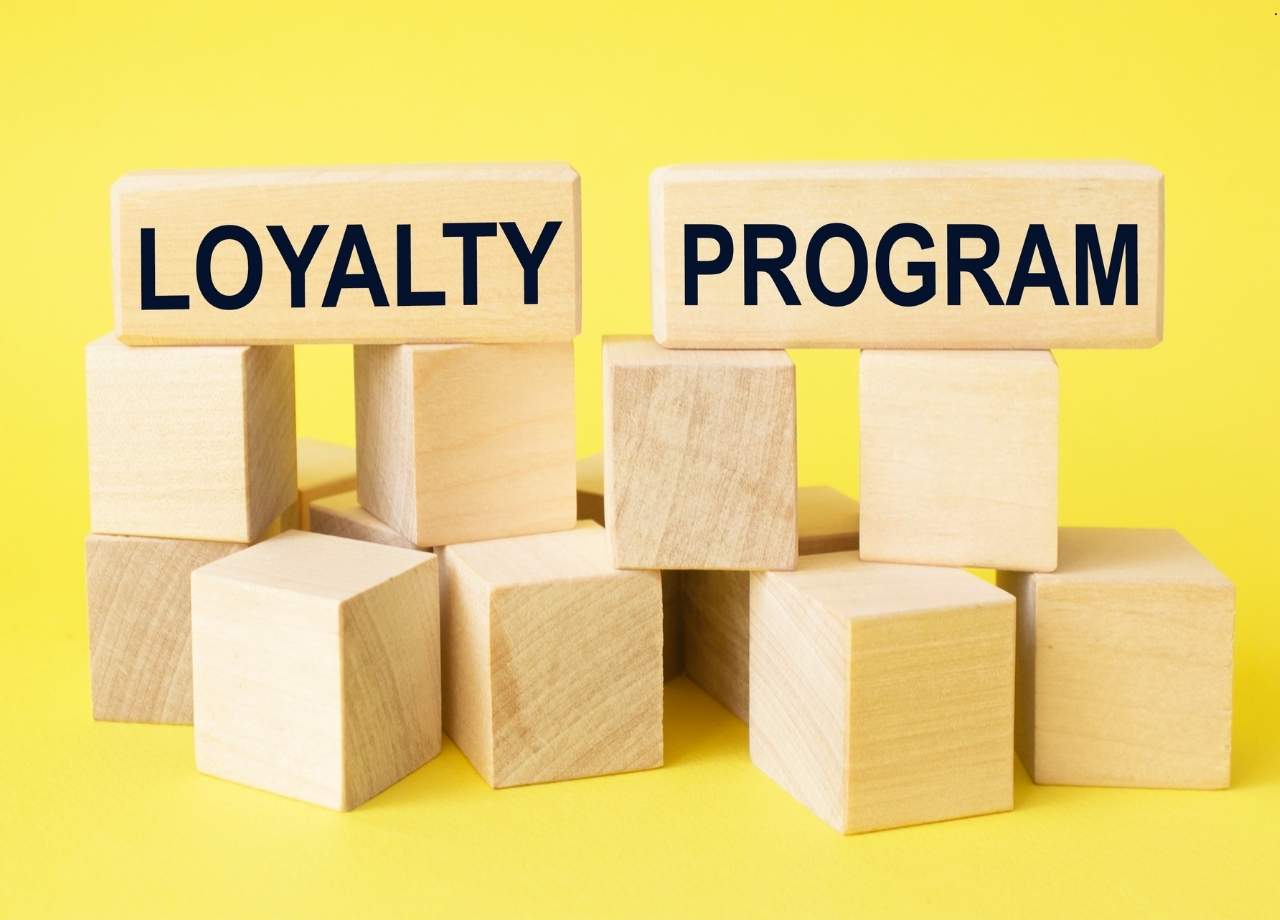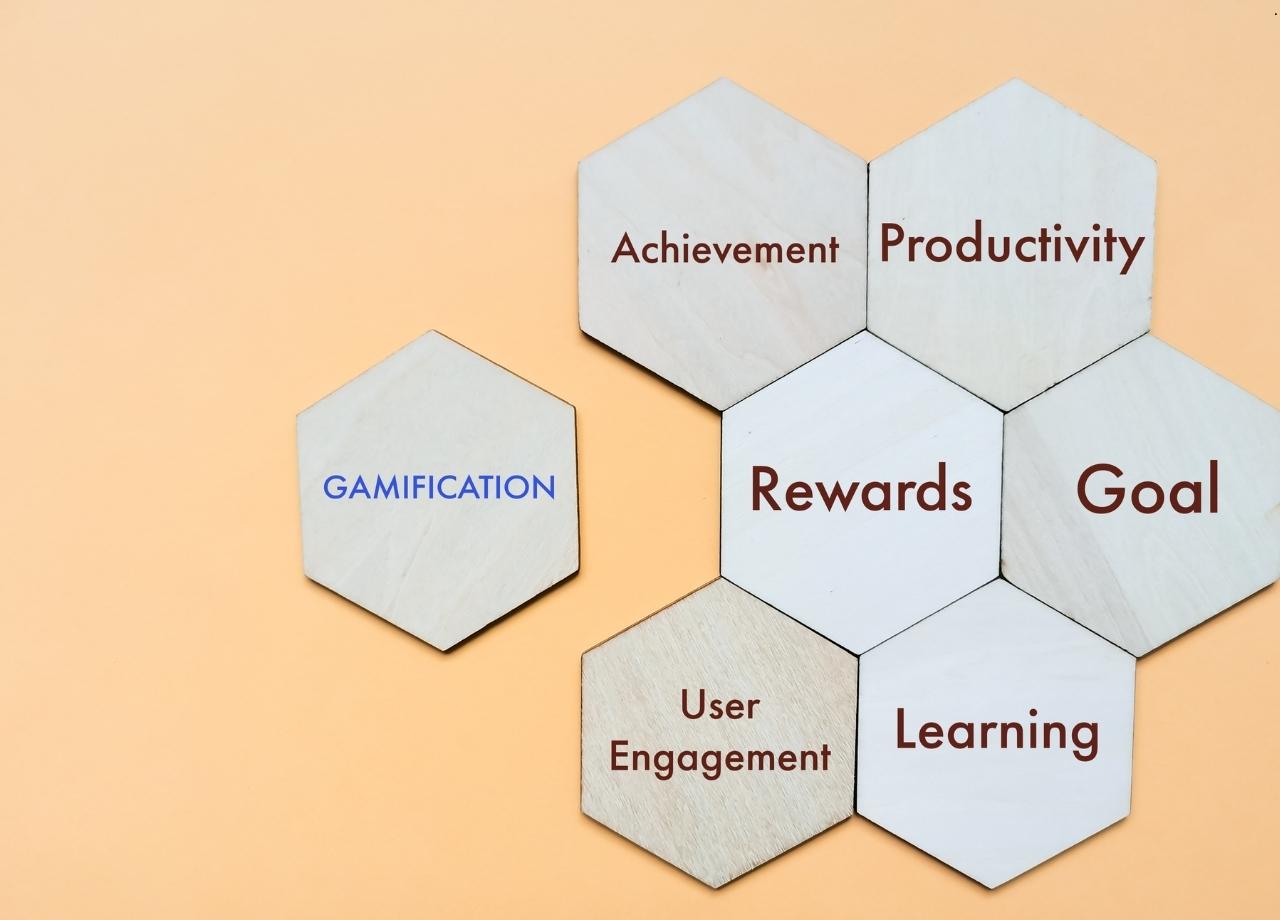
In today’s hyper-competitive market, brands are looking for innovative ways to not only attract new customers but also to build long-term, mutually beneficial relationships with existing ones. One of the most effective strategies emerging from this quest is the tiered loyalty program. At its core, a tiered loyalty program is designed to reward customers in a structured way—motivating them to engage more deeply with the brand over time. This article explores the science behind these programs, delves into the psychological principles that make them effective, and examines how thoughtful design can lead to measurable improvements in customer retention and lifetime value.
Understanding Tiered Loyalty Programs
A tiered loyalty program is a structured system that segments customers into different levels or “tiers” based on their engagement, spending habits, or both. Each tier is associated with a set of rewards that progressively become more attractive as customers climb the ladder. Unlike traditional one-size-fits-all loyalty schemes, tiered programs allow brands to tailor rewards and benefits, creating a personalized experience that drives both behavioral and emotional investment.
These programs are built on a clear, transparent progression system. New customers typically start at the entry level, where they receive basic perks. As they interact more with the brand—whether by making purchases, engaging with content, or participating in community events—they can move into higher tiers. Each subsequent tier not only offers better rewards but also sends a powerful signal: the customer is now recognized as more valuable and influential in the brand community.
The Psychological Foundations of Tiered Loyalty
Motivation Through Gamification
At the heart of tiered loyalty programs is the concept of gamification. By framing the customer journey as a series of milestones to be reached, brands tap into the human desire for achievement. Research in behavioral science shows that the incremental rewards system—where each higher tier offers progressively better benefits—motivates customers to invest more time and money.

This phenomenon is often compared to leveling up in video games, where each new level provides not only a sense of accomplishment but also unlocks new capabilities.
The Power of Recognition and Exclusivity
Humans have an inherent desire for recognition. Tiered loyalty programs satisfy this by publicly acknowledging customer status. Whether it is through exclusive offers, personalized communications, or VIP events, customers in higher tiers feel special and valued. This recognition isn’t just about a financial transaction—it’s about forging an emotional connection. When customers perceive that they are part of an exclusive group, their attachment to the brand deepens, making them more likely to remain loyal even in a competitive landscape.
Behavioral Economics and Commitment
Another critical element is the concept of loss aversion. According to behavioral economics, people tend to prefer avoiding losses to acquiring equivalent gains. In a tiered loyalty program, customers who have invested time and money in climbing the tiers are motivated not only by the potential for future rewards but also by the fear of losing their hard-earned status. This drives consistent engagement and can even lead to additional spending, as customers work to maintain or enhance their position within the program.
Designing a Successful Tiered Loyalty Program
Strategic Tier Structuring
The effectiveness of a tiered program lies in its design. An optimal program strikes a balance between simplicity and strategic complexity. Too few tiers might not provide enough differentiation to motivate customers, while too many tiers can create confusion and dilute the sense of achievement. Successful programs typically use three to five tiers, each clearly defined by measurable criteria—whether those are spending thresholds, engagement levels, or a combination of both.
When setting up these tiers, brands should consider factors like average purchase frequency, typical order value, and customer engagement patterns. Data-driven insights can help in designing tiers that are challenging yet attainable, ensuring that most customers see a clear path to advancement. For example, an entry-level tier might be designed to be easily accessible to new customers, while the highest tier could be reserved for a small, elite group that receives premium benefits such as personalized services or exclusive event invitations.
Crafting Meaningful Rewards
Rewards are the currency of any loyalty program, and in a tiered system, the rewards must be both appealing and proportional to the tier level. Entry-level rewards might include basic benefits such as small discounts or early access to sales. As customers progress, rewards can become more experiential—such as invitations to exclusive events, personalized consultations, or unique brand experiences.
It’s also important to consider the role of surprise and delight. Occasionally offering unannounced bonuses or limited-time rewards can reinforce positive behavior and maintain high levels of engagement. The key is to ensure that rewards are not only financially sustainable for the business but also deeply resonant with customers’ aspirations and values.
Transparent Communication and Engagement
A tiered loyalty program is only as effective as its communication strategy. Customers need to understand not only the benefits of each tier but also the specific actions required to advance. Clear, consistent communication helps to demystify the process and prevents frustration that may arise from perceived complexity. Personalized messaging can play a crucial role here—informing customers of their progress, celebrating milestones, and offering tailored recommendations on how to reach the next tier.
Moreover, direct engagement through multi-channel communication—via email, mobile apps, and even social media—can keep customers continuously informed about their status and the latest rewards. This sustained engagement is vital for keeping the program top-of-mind and for fostering a community where customers feel both valued and connected.
The Benefits of Tiered Loyalty Programs
Enhanced Customer Retention and Lifetime Value
One of the most significant advantages of a tiered loyalty program is its impact on customer retention. By creating a clear pathway to rewards, these programs encourage customers to stick with the brand long-term. The emotional and financial investment required to ascend the tiers fosters a deep sense of commitment, resulting in a higher lifetime value per customer.
Data shows that customers who feel recognized and appreciated are more likely to continue engaging with the brand. This not only drives repeat purchases but also boosts overall profitability, as loyal customers tend to spend more and are less sensitive to price changes.
Natural Segmentation and Personalization
Tiered programs inherently segment customers based on their behavior and value to the brand. This segmentation provides an invaluable opportunity for personalized marketing. Brands can tailor offers and communications to the specific needs and preferences of each tier, ensuring that each customer receives the most relevant and appealing incentives.
This level of personalization can extend beyond simple discounts. For example, a luxury hotel chain might offer its top-tier members access to exclusive amenities, while a retail brand might provide personalized shopping experiences. In each case, the goal is to reinforce the customer’s sense of belonging and value.
Data-Driven Insights and Continuous Optimization
Another significant benefit of tiered loyalty programs is the rich data they generate. By tracking customer progress through different tiers, brands gain detailed insights into buying habits, engagement patterns, and overall program effectiveness. This data can then be used to optimize the program continuously—refining reward structures, adjusting tier thresholds, and even anticipating future customer needs.
Data-driven decision-making is particularly valuable in today’s competitive environment, where understanding customer behavior can be the difference between a thriving program and one that falls short. With regular analysis and adjustments, brands can ensure that their loyalty programs remain relevant, engaging, and aligned with business objectives.
Addressing Potential Challenges
While the benefits of tiered loyalty programs are numerous, it is also important to acknowledge and address potential challenges.

Avoiding Customer Frustration
One of the risks of a tiered system is that customers might become frustrated if the criteria for advancing seem out of reach. This frustration can lead to disengagement, undermining the very purpose of the program. To mitigate this, brands must design realistic and achievable milestones. Providing multiple pathways for progression—such as through both spending and non-transactional activities—can help keep customers motivated even if they face temporary obstacles.
Balancing Exclusivity and Inclusivity
Exclusivity is a key driver of customer engagement, but it must be balanced carefully. If the rewards for higher tiers are perceived as too unattainable, lower-tier customers may feel excluded or undervalued. The challenge is to ensure that every customer, regardless of their current tier, feels appreciated and has a reason to remain engaged with the brand. This can be achieved by offering incremental benefits at every level, ensuring that each tier provides genuine value.
Managing Program Costs
Implementing and maintaining a tiered loyalty program requires a significant investment in technology, human resources, and marketing. Brands must ensure that the cost of rewards is balanced against the increased revenue generated by more engaged and loyal customers. This is where careful data analysis and ongoing program optimization become essential. By continuously monitoring program performance and adjusting thresholds or rewards as needed, businesses can maximize ROI while keeping costs in check.
For brands looking to build lasting relationships in today’s digital age, tiered loyalty programs offer a compelling pathway to sustainable growth. They not only drive increased spending and customer retention but also provide valuable data that can inform broader marketing strategies. As businesses continue to evolve in a rapidly changing marketplace, the insights gained from tiered loyalty programs will remain a critical component in the quest to turn customers into lifelong brand advocates.

